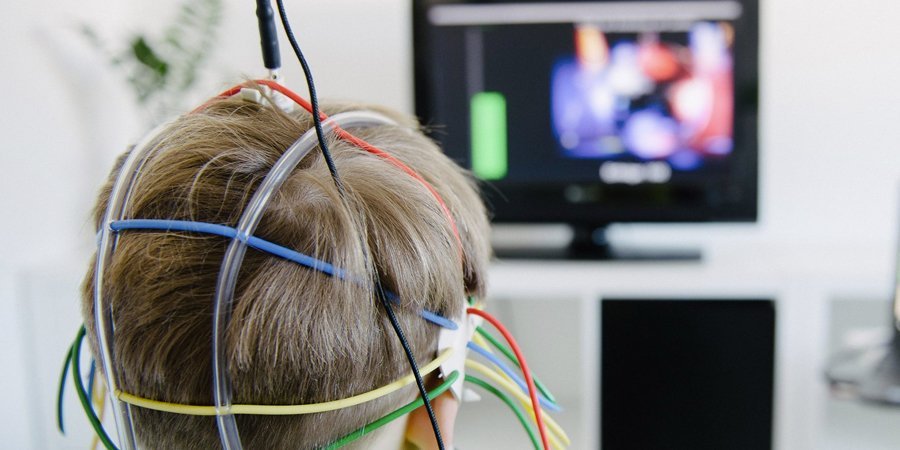Unlocking the Mysteries of the Brain Through qEEG Cerebral Mapping Techniques in Psychological Health Evaluation
Unlocking the Mysteries of the Brain Through qEEG Cerebral Mapping Techniques in Psychological Health Evaluation
Blog Article
Understanding the individual mind is a complex endeavor, especially when it comes to mental health. Traditional methods of evaluation frequently depend on interviews and questionnaires, which can occasionally miss important details about how the brain operates. This is where qEEG brainwave analysis, or qEEG, comes into the picture. qEEG is a specific technique that measures neural activity in the brain. By analyzing these brainwaves, mental health professionals can gain important understandings into a individual's psychological condition, aiding to enhance assessment and intervention.
qEEG functions by placing small sensors on the head to capture brain activity. These electrodes measure neural impulses produced by neurons, the units in the cerebrum that communicate with each other. The information gathered is then processed and displayed as a series of patterns. Each type of brainwave—such as alpha, β, δ, and θ—corresponds to various psychological states and activities. For instance, α oscillations are commonly associated with relaxation, while β oscillations are linked to active cognition and problem-solving. By examining these patterns, healthcare providers can detect abnormalities that may indicate psychological health issues.
One of the major advantages of qEEG is its ability to offer unbiased information. Unlike traditional assessments that depend on personal reports from patients, qEEG offers a distinct picture of brain function. This objectivity can assist reduce biases in diagnosis and result to more precise intervention plans. For instance, if a client is experiencing stress, qEEG can show particular patterns of brain activity that are associated with stress conditions. This data enables mental health professionals to tailor treatments more efficiently, whether it be through counseling, pharmaceuticals, or other treatments.
Moreover, qEEG can be especially useful in tracking treatment progress. By conducting qEEG assessments at various stages during treatment, clinicians can track changes in brain activity over period. This continuous assessment assists determine whether a treatment is effective or if modifications are required. For example, if a patient is not responding to a particular treatment, qEEG may indicate that their neural function has not altered in a manner that indicates improvement. This feedback loop can lead to more customized and effective mental health care.
In conclusion, qEEG brain mapping is a powerful tool in click here for more the domain of psychological health evaluation. By providing objective data about brain activity, it improves the comprehension of different psychological health disorders. This method not only assists in precise assessment but also assists in tracking intervention effectiveness. As mental health professionals continue to explore the potential of qEEG, it holds potential for improving the lives of individuals facing psychological health issues. With continuous investigation and progress in techniques, the secrets of the brain may become clearer, resulting to better outcomes for those in need of assistance.